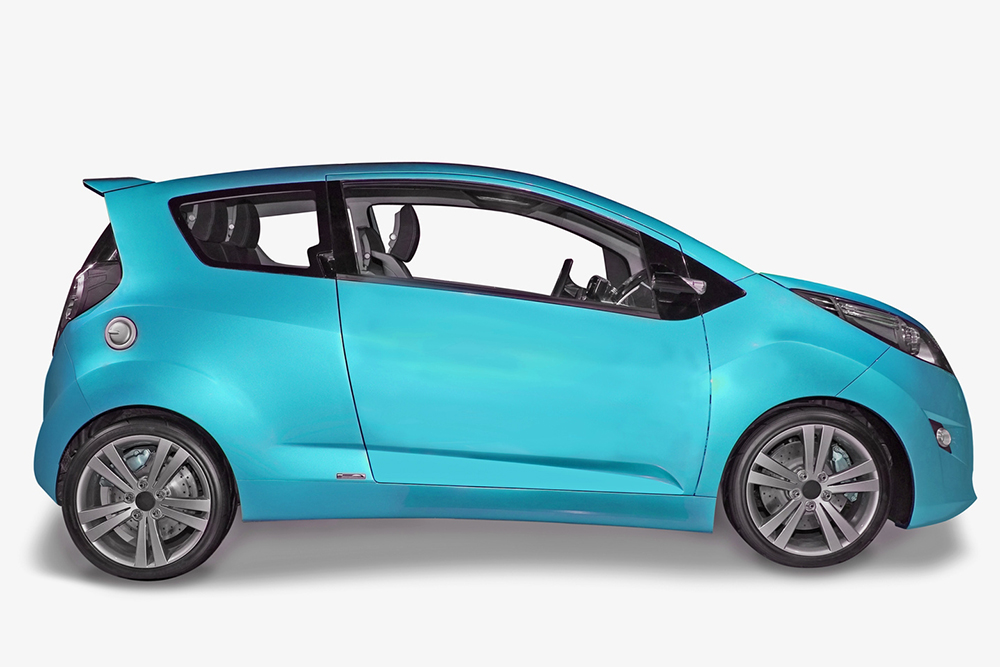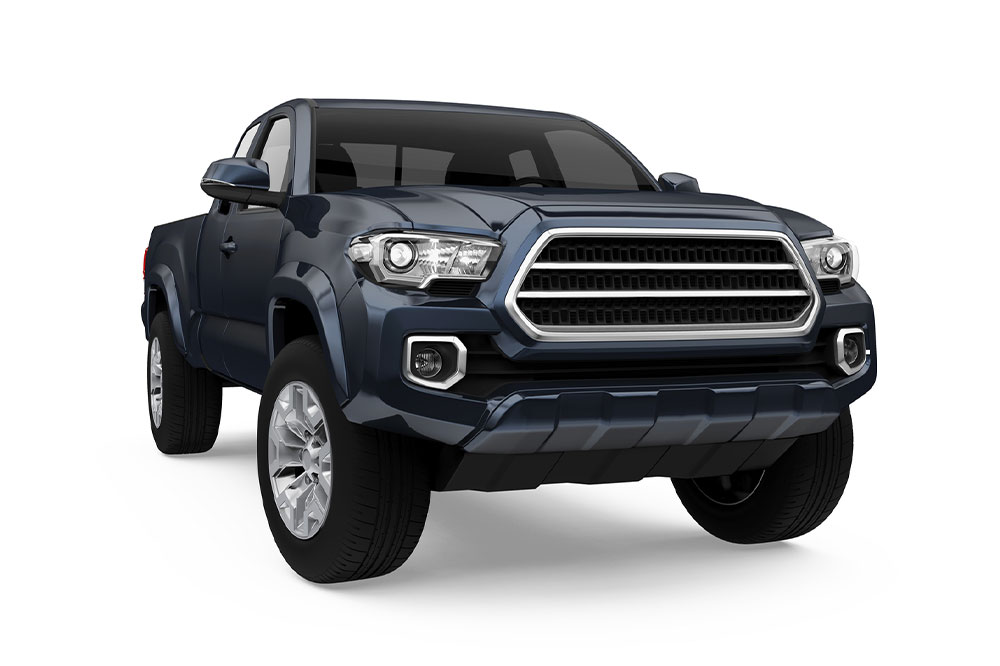Guide to Unsold Vehicles: Pricing Factors and Buying Tips
Explore the key factors influencing the pricing of unsold cars, including dealer incentives, market demand, and seasonal promotions. Learn how to find the best deals, what to consider before buying, and how vehicles' age and condition impact value. This guide provides crucial tips for both dealers aiming to clear inventory and buyers seeking cost-effective options. Understanding these dynamics can help you negotiate better prices and make informed purchase decisions in the automotive market.

Guide to Unsold Vehicles: Pricing Factors and Buying Tips
Unsold cars pose ongoing challenges for the automotive industry worldwide. For dealerships, leftover inventory ties up capital and space, leading to potential financial setbacks. To expedite sales, sellers often introduce discounts, promotional offers, and special financing options. This article explores how prices are determined for unsold vehicles, the types of deals available, and essential factors buyers should consider. Understanding these aspects can help both dealers and consumers navigate the market effectively and make informed purchasing decisions.
Pricing Dynamics of Unsold Vehicles
Vehicle prices are influenced by various factors, including brand, model, location, and how long the car has been idle on the lot.
Typically, the average price for an unsold vehicle hovers around $30,000. Dealers are often more willing to negotiate as the car remains unsold longer. Manufacturers may provide incentives such as cash bonuses or special loan deals to encourage sales. To clear inventory, dealerships might offer discounts or seasonal promotions, but buyers should evaluate the vehicle’s depreciation and ongoing maintenance costs before making a purchase.
Several key elements influence the pricing of unsold cars.
Supply and demand
Even if a particular make and model isn’t selling well, a high demand for it elsewhere can keep prices relatively stable.
Vehicle age and condition
Cars that stay longer on the lot may experience wear and tear, affecting their value.
Geographical location
Market conditions vary by region, which can impact pricing.
Manufacturer promotions
Incentives from automakers can reduce the selling price.
Financial offers
Special financing options, like low-interest rates or extended loan terms, can make buying unsold models more attractive.
Seasonal trends
End-of-year or holiday periods often see increased promotions to move inventory.
Depreciation and upkeep costs
Buyers should consider the long-term costs, including vehicle depreciation and maintenance, when evaluating deals.
Pricing for unsold vehicles can fluctuate based on these factors, and negotiations are common. Buyers should conduct thorough research to access the best deals and ensure the vehicle’s overall value justifies the purchase.
Certain vehicle models tend to stay unsold longer due to factors like niche markets or high price points. Luxury, sports cars, or models with less popular features often linger, especially older models lacking the latest technology or design updates. Consumer preferences shift over time, affecting the demand for sedans, compact cars, and other segments, influencing their availability as unsold inventory.
Dealers frequently offer special deals to move remaining stock, including:
Price reductions: Fixed discounts or percentage-offs off the list price.
Lease offers: Attractive leasing terms on unsold vehicles for lower monthly payments.
Trade-in promotions: Incentives for trading in current vehicles during purchase of an unsold car.
Manufacturer rebates: Incentives from automakers to help dealerships sell their stock, often passed directly to consumers.
Unsold inventory presents both opportunities and challenges. While discounts can make vehicles more affordable, buyers should assess the car’s overall worth, factoring in depreciation and potential maintenance costs. Careful research and comparison shopping are key to securing a good deal.
Note:
This site offers diverse articles and insights on various market topics. While our team provides research-based information, readers should verify details and consider additional offers available in the market, as some promotions may not be covered or could vary by region.









